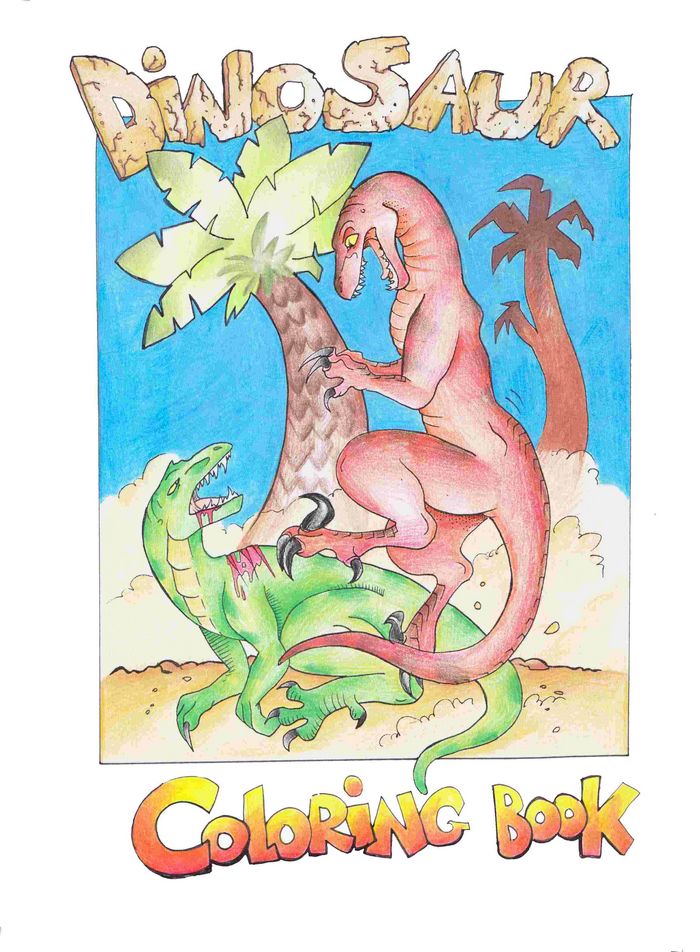The Carnegie Museum of Natural History in Pittsburgh, Pennsylvania, houses the third largest dinosaur fossil collection on Earth, upstaged only by the AMNH and the Smithsonian. However, it does have the largest collection of Jurassic dinosaurs anywhere, so the museum is well up there in terms of dinosaur collections.
In 1899 a collector working for the museum, Jacob Wortman, found a nearly complete specimen of Diplodocus which was named after the founder of the museum, Andrew Carnegie, hence the name Diplodocus carnegiei.
Donated much of his fortune to museums and the setting up of libraries
This discovery made the museum famous, and Diplodocus too, as Carnegie ordered that casts be taken of the skeleton, and distributed to museums around the world. Dippy, the famous skeleton in London’s Natural History Museum, is one of these casts. (As an aside, Andrew Carnegie was a Scottish born, American steel magnate who donated much of his fortune to museums and the setting up of libraries both in America and the land of his birth – an enlightened man indeed). D. carnegiei is considered to be the type species for Diplodocus.
Other notable specimens include the world’s only specimen of a juvenile Apatosaurus, the world’s first specimen of a Tyrannosaurus rex (found and described by the AMNH but sent to the Carnegie Museum during World War II as they were worried about it being destroyed in air raids) and a recently identified species of oviraptor called Anzu wylliei.
There are 22 million specimens stored in that house of wonders
The museum is to be found in the Oakland neighbourhood of Pittsburgh in 1896 and is currently ranked among the top five natural history museums in the USA. It comprises 10 700 square metres of floor area housing 20 galleries, office space, research areas and a library. There are 22 million specimens stored in that house of wonders, with only around 10 000 on display for the likes of you and me to marvel at.
Scientifically accurate displays within a reconstructed Mesozoic environment
There is the 'Dinosaurs in their Time' exhibition which is the first permanent exhibition anywhere to present dinosaurs in scientifically accurate displays within a reconstructed Mesozoic environment. The fossils are arranged chronologically and actively posed to bring them to life, so to speak, just as they would have been 66 million years ago.
Plan Your Visit
Address
4400 Forbes Ave, Pittsburgh, PA 15213
Hours
Wed: 10:00am - 5:00pm
Thu: 10:00am - 8:00pm
Fri - Mon: 10:00am - 5:00pm
Tue: Closed
And seeing that you are here, grab yourself a copy of our free colouring book, which is full of wonderful dinosaurs and other Mesozoic creatures for you to bring back to life.



[…] is in fact a cast taken from the original Diplodocus carnegiei which is housed in the Carnegie Museum of Natural History in […]